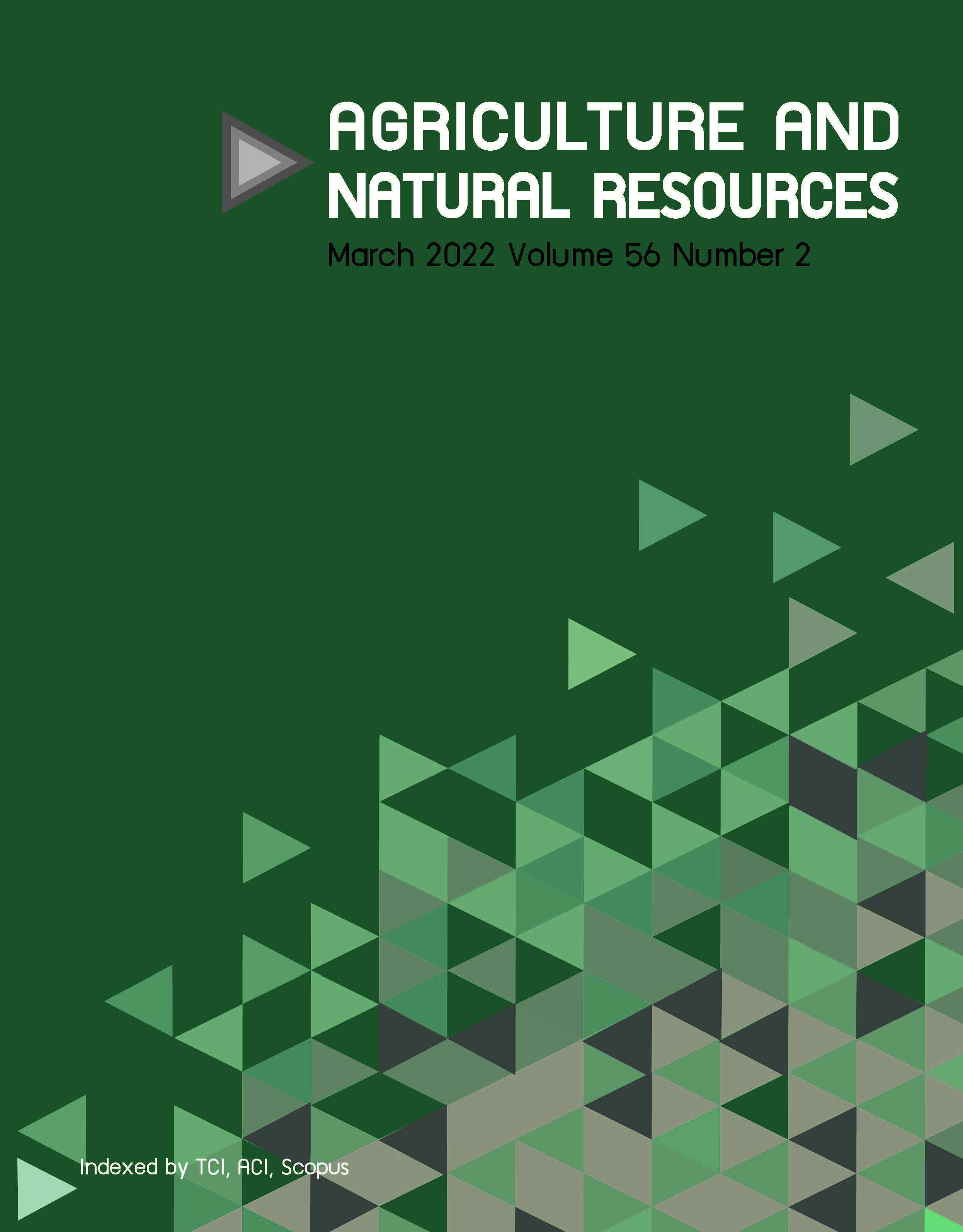Land cover mapping using Sentinel-2 images in area dominated by small-scale, heterogeneous agricultural parcels
Keywords:
Agricultural parcels, Heterogeneous land, Land cover, Sentinel-2, Small scaleResearchAbstract
Importance of the work: Satellite imagery contains information on a pixel basis and promises an efficient and effective solution for mapping agricultural land resources. However, in tropical regions, the use of medium-resolution optical imagery for land cover (LC) mapping is constrained by the presence of cloud cover, seasonal changes in LC, small agricultural parcels and heterogeneity of patch or landscape features.
Objectives: To analyze and compare the LC classification in a region characterized by small-scale agricultural land occupation.
Materials & Methods: Two scenes of Sentinel-2 images were used. Three well-known pixel-based classification algorithms—maximum likelihood classifier (MLC), extraction and classification of homogeneous objects (ECHO) and the Fisher linear discriminant (FLD)—were investigated and compared. The study covered 3,320.3 km2 in East Java province, Indonesia.
Results: The classification results produced nine LC classes—pavement or urban area (PUA), heterogeneous agricultural land (HAL), irrigated paddy (IP), open water body (OWB), dense vegetation or forest (DVF), sparse vegetation or plantation (SVP), shrubland or dry-land (SC), wetland (WL) and sand-clay-rock (SCR). Classification using MLC and ECHO produced kappa and overall accuracies of more than 90%. However, classification using the FLD algorithm had lower overall and kappa accuracies of 90.31% and 87.96%, respectively.
Main finding: Of the algorithms, MLC and ECHO were better than FLD. However, four classes (HAL, IP, DVF and SVP) were still difficult to distinguish as the seasonal variation of these four LC classes may propagate different areas based on the different algorithms.
Downloads
Published
How to Cite
Issue
Section
License
Copyright (c) 2022 Kasetsart Universityonline 2452-316X print 2468-1458/Copyright © 2022. This is an open access article under the CC BY-NC-ND license (http://creativecommons.org/licenses/by-nc-nd/4.0/),
production and hosting by Kasetsart University of Research and Development Institute on behalf of Kasetsart University.







